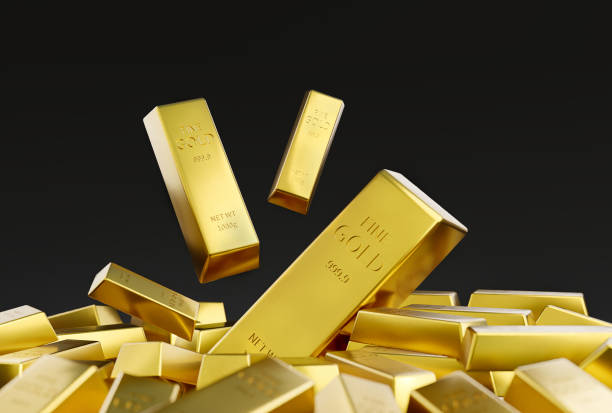The gold market is experiencing significant turbulence, reflecting the complex interplay of economic, monetary, and geopolitical factors. After a period of relative stability earlier in the year, gold prices have recently swung between gains and losses as traders assess a myriad of influences on the global economy and markets.
Inflationary Pressures and Monetary Policy
A central driver of gold’s recent volatility is the persistence of high inflation in many major economies. Despite sustained efforts by central banks to rein in inflation through aggressive interest rate hikes, consumer prices remain elevated, particularly in regions like the United States and Europe. The persistence of inflation has bolstered gold’s appeal as a traditional hedge against currency devaluation and purchasing power erosion.
However, rising interest rates complicate this dynamic. Higher yields on bonds and other fixed-income investments increase the opportunity cost of holding non-yielding assets like gold. Consequently, investors find themselves in a balancing act, evaluating the metal’s potential as a safe haven against inflation versus the financial benefits of interest-bearing alternatives.
Recent statements by central bank officials, including those from the Federal Reserve, have emphasized a commitment to inflation control, even at the risk of slower economic growth. This has led to heightened sensitivity in the gold market, where prices often react sharply to indications of future monetary policy moves.
Geopolitical Tensions Amplify Uncertainty
Geopolitical instability has added another layer of complexity to the gold market. Escalating conflicts in Eastern Europe, the Middle East, and other flashpoints have prompted investors to seek refuge in safe-haven assets like gold. Historically, gold has been a reliable store of value during times of geopolitical turmoil, and its recent price fluctuations underscore its continued role as a barometer of global uncertainty.
For example, the ongoing crisis in Eastern Europe has raised concerns about energy supplies, economic disruptions, and broader geopolitical alignments, indirectly impacting global financial markets. Similarly, tensions in the Middle East have contributed to sporadic surges in gold demand as investors hedge against potential escalations.
Mixed Sentiment Among Investors
Institutional and retail investors alike remain divided in their outlook for gold. On one hand, some view current price levels as an attractive entry point, anticipating further gains as economic and geopolitical uncertainties persist. On the other hand, others are wary of potential headwinds, including sustained monetary tightening and a possible recovery in the U.S. dollar, which traditionally moves inversely to gold prices.
In recent trading sessions, gold prices have hovered around the $1,850–$1,900 per ounce range, reflecting a retreat from mid-year highs. Analysts attribute this pullback to profit-taking by some investors and concerns about the potential for additional interest rate hikes. Nevertheless, the metal’s year-to-date performance underscores its resilience amid challenging market conditions.
Outlook for the Gold Market
Looking ahead, the trajectory of gold prices will depend on several key factors, including upcoming inflation data, central bank policy decisions, and geopolitical developments. Additionally, seasonal trends could influence demand, particularly as major gold-buying regions like India enter festive and wedding seasons, traditionally strong periods for gold consumption.
Traders and analysts will also closely monitor shifts in investor sentiment, especially among major institutional players. As gold navigates this complex landscape, it remains a critical asset for those seeking diversification and a hedge against economic and geopolitical risks.
With so many uncertainties on the horizon, gold’s dual role as a commodity and financial asset ensures it will remain at the center of investor strategies, reflecting broader trends in the global economy and markets.
From Our Editorial Team
Our Editorial team comprises of over 15 highly motivated bunch of individuals, who work tirelessly to get the most sought after curated content for our subscribers.


